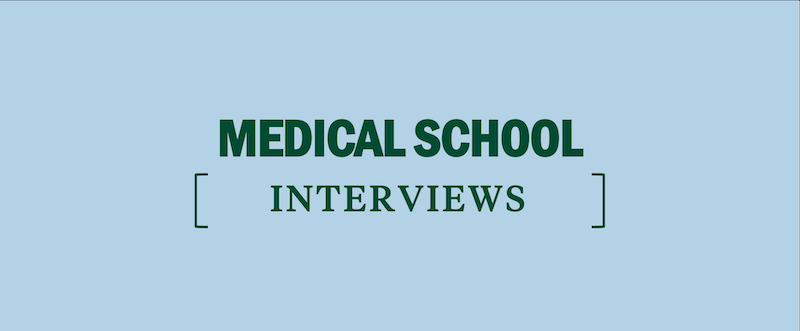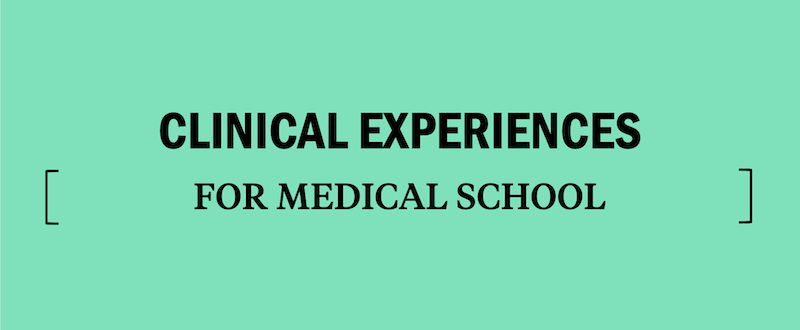Washington University School of Medicine Requirements, Tuition, and More
We’re covering everything you need to know as you consider applying to the Washington University School of Medicine in St. Louis. You’ll learn about acceptance rates, application deadlines, average MCAT scores, tuition, curriculum, and more.
[ RELATED: MCAT Prep Courses Near St. Louis, MO ]
All About Washington University School of Medicine
Located in St. Louis, Missouri, Washington University School of Medicine in St. Louis was founded in 1891 and is known for its commitment to patient care, research, and education.
In 1962, the school joined with Barnes Jewish Hospital and St. Louis Children’s Hospital to form a coalition that continues to this day. The medical campus that is home to all three of these institutions—in addition to the Alvin J. Siteman Cancer Center—covers 178 acres over 18 city blocks in the heart of St. Louis’s Central West End, directly adjacent to Forest Park. The institutions collectively generate an annual economic impact of nearly $6.3 billion and employ over 21,000 professionals, making them one of the largest employers in the St. Louis metropolitan area.
Barnes Jewish Hospital and St. Louis Children’s Hospital are Washington University’s primary teaching hospitals. Due to its prime location and relationship with neighboring medical institutions, Washington University School of Medicine offers one of the nation’s largest academic medical centers, including the six-story Farrell Learning and Teaching Center. The Center includes student carrels, state-of-the-art lecture halls and small group meeting rooms, a computer lab, simulated outpatient clinic rooms, and the Wood Simulation Center, where students have the opportunity to receive emergency and trauma care training with full-body, high-fidelity patient simulators. Clinical education takes place at individual patients’ bedsides, as well as in one-on-one or small group teaching settings.
Washington University School of Medicine is world-renowned for its achievements in the medical field. The school published the first evidence linking smoking and lung cancer, served as a major contributor of genome sequence data to the Human Genome Project, developed screening tests that are now used worldwide to diagnose Alzheimer’s disease, helped pioneer the use of insulin to treat diabetes, developed the first surgical prevention of cancer based on genetic testing, and demonstrated that severely malnourished children given antibiotics along with therapeutic peanut butter-based food are more likely to survive than those who receive therapeutic food only.
The faculty of Washington University’s School of Medicine has pioneered many advances in research and treatment. Of the current faculty, 13 are fellows of the National Academy of Sciences, 27 have been elected to the National Academy of Medicine, and 6 are investigators with NIH MERIT status. Collectively, they have received 101 individual and/or institutional career development awards from the National Institutes of Health and 58 career development awards from non-federal agencies. The school’s full-time clinical faculty (Washington University Physicians) is one of the five largest academic clinical practices in the country.
Washington University began admitting women in 1918, and today, women make up half of each incoming class for medical programs. The School of Medicine is committed to diversity, equity, and inclusion and actively works to create a welcoming environment for students of all backgrounds.
The Curriculum at Washington University School of Medicine
Washington University School of Medicine offers 13 degree programs in medicine, audiology and communication sciences, biology and biomedical sciences, physical therapy, occupational therapy, public health, clinical research, and informatics. Its innovative and flexible curriculum is designed to help support students’ individual goals, and faculty mentors provide assistance in finding and following the best path.
The following degree tracks are available to those pursuing a degree in medical education:
- Doctor of Medicine (MD)
- Medical Scientist Training Program (MD/PhD)
- Doctor of Medicine and Doctor of Philosophy in Biomedical Engineering (MD/PhD)
- Doctor of Medicine and Master of Science in Clinical Investigation (MD/MSCI)
- Doctor of Medicine and Master of Population Health Sciences (MD/MPHS)
- Doctor of Medicine and Master of Public Health (MD/MPH)
Washington University will launch a new, innovative Gateway Curriculum beginning in 2020. The first curriculum renewal in 20 years, the new Gateway material is intended to equip students with an understanding of the latest developments in technology, scientific discovery, health care delivery, and more.
The Gateway Curriculum consists of three phases, conducted over four calendar years:
There are many opportunities available for students interested in research, and although it is not a requirement, 95% of students in the School of Medicine choose to participate in a research project during their program. Areas of investigation include personalized medicine, cardiovascular diseases, developmental biology, diabetes, genetics and genome science, imaging, immunology, infectious disease, neuroscience, and more. Research opportunities range from elective programs to year-long projects.
How has Washington University School of Medicine Made an Impact?
Washington University’s School of Medicine was the first to:
- Create a positron emission tomography (PET) scanner, used to image the brain and other organs at work
- Perform a nerve transplant using nerve tissue from a cadaver donor
- Propose the now-common practice of taking aspirin to help prevent heart attacks
- Develop a blood test that quickly and safely identifies whether a patient needs invasive treatment for a heart attack
The School of Medicine’s many ongoing research areas include:
- Participating in a national network to determine new ways to prevent preterm birth
- Developing new ways to diagnose and treat strokes
- Making groundbreaking contributions to decoding the genetics of cancer and developing personalized treatments
- Pioneering minimally invasive surgical treatments for heart arrhythmias and heart valve replacements
- Spearheading attempts to understand and prevent the devastating consequences of the Zika virus
- Identifying biomarkers in the brain and spinal cord to diagnose Alzheimer’s disease before symptoms develop



